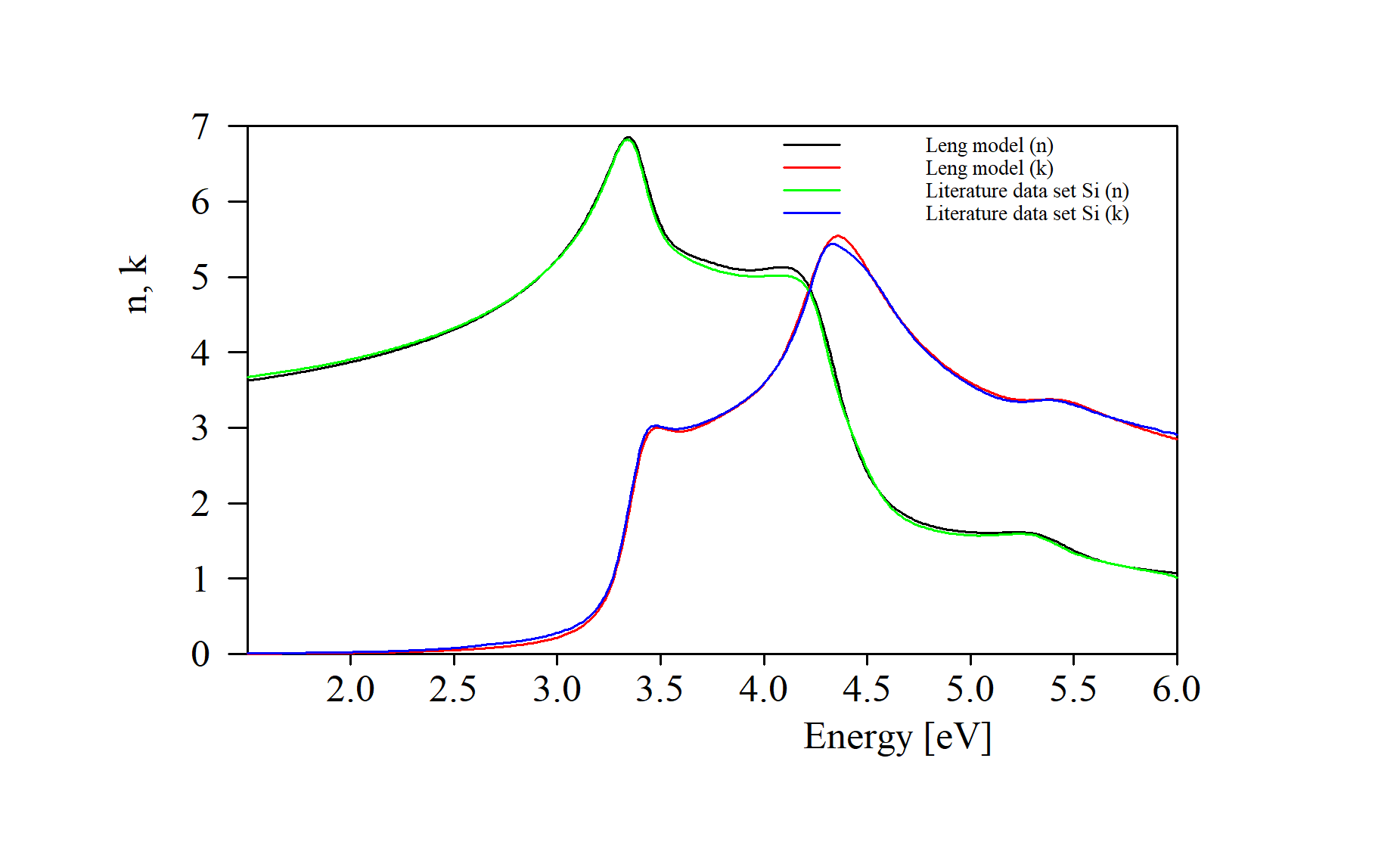Due to the nice competition of AMD and Intel computers with many cores become more and more affordable. Unfortunately, our software products SCOUT and CODE use only one core at a time up to now. In order to benefit from increased computing power of modern processors we have implemented MIPSS which means Multiple Instances for Parallel Spectrum Simulation.
MIPSS can be used to significantly speed up batch control computations. We have published a video tutorial that shows how to do this.
In addition, a new mechanism called ‘Bulk analysis’ has been implemented both in SCOUT and CODE. It is applied when a large number of spectra need to be processed in a short time. A tutorial video about bulk analysis is in preparation.

